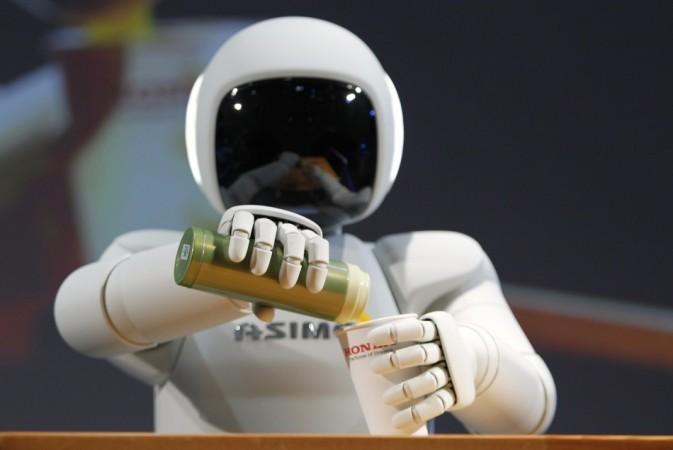
Scientists have recently developed sperm-like robots that can be potentially used for medical treatments and manufacturing applications. The engineered gadget named "MagnetoSperm" has a metal-coated head with a stretchable body and is about six times longer than a human sperm.
"We have built a biologically inspired micro-robot that looks like a sperm cell but is completely fabricated in the lab," BBC News quoted Sarthak Misra, a robotics engineer at the University of Twente in the Netherlands.
The newly engineered gadget has been designed by Islam Khalil assistant professor at the German University in Cairo along with Misra and colleagues at MIRA-Institute for Biomedical Technology and Technical Medicine at the University of Twente.
MagnetoSperm has been developed from a strong but elastic polymer with its head painted with a metal layer using a method called electron beam evaporation. The robot can be controlled with magnets.
"The magnetic head is used to orient it in a certain direction and then, just by flapping its tail, it starts to move forward. The flapping happens because we change the current in the coils. It opens up a lot of applications, from targeted drug delivery to in vitro fertilization - where you want to reach precise locations," said Misra.
The robot's size covers up to 0.5 body lengths per second, whereas a human sperm can wiggle many times during the same duration. The robots are about 322 microns long and its sperm-like appearance makes them clinically useful in microscopic treatments.
The new technology, according to experts may be useful in areas such as targetted drug delivery, cleaning of clogged arteries, cell sorting in vitro fertilization and other microscopic applications.The scientists said that there could be many more opportunities for use of MagnetoSperm in the medical field.
"It's just a piece of metal and it's the field that's doing the hard work. The clever part is the oscillating, small, tunable magnetic field," said Matthew Baker at the Victor Chang Cardiac Research Institute in Sydney.
Moreover, Misra and his colleagues also explained that they could guide the robot with some more precision. By adjusting the magnetic field it is possible to navigate the robot towards a fixed point, which can be useful for clinical purposes.
"As technology progresses and many products get smaller, it becomes difficult to assemble objects on nano- and micro-scales. MagnetoSperm can be used to manipulate and assemble objects at these scales, using an external source of magnetic field to control its motion." said Khalil in a press release.
The only disadvantage that the new gadget is facing is the merging of the sperm-modeled and micro-tube robots, while being used in medical treatments. In order to make it work out, researchers are planning to further reduce the size of the small robots. Researchers hope that the new technology will minimize the negative side effects of conventional drug therapy.








